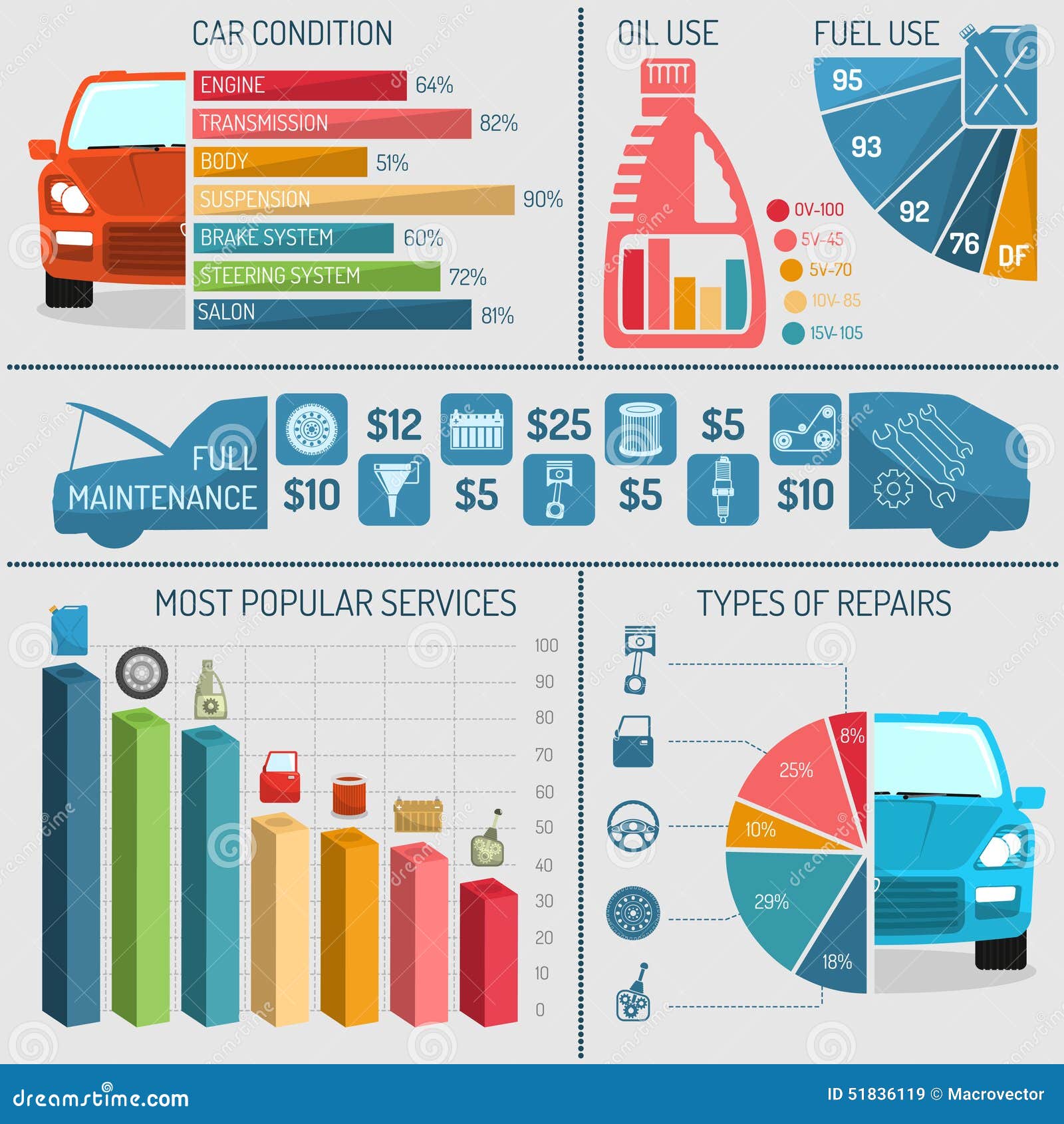Grasping The Significance Of Your Car'S Warning Signals: What They Actually Stand For
Grasping The Significance Of Your Car'S Warning Signals: What They Actually Stand For
Blog Article
Created By-Termansen Dalgaard
When you lag the wheel, those glowing caution lights on your control panel can be a bit difficult. Do you understand what they're trying to tell you about your vehicle's health? Recognizing the value of these lights is crucial for your safety and security and the longevity of your automobile. So, the next time one of those lights pops up, wouldn't you intend to analyze its message accurately and take the essential actions to resolve it?
Common Caution Lighting and Interpretations
Identify usual caution lights in your vehicle and understand their definitions to make sure risk-free driving.
One of the most typical caution lights include the check engine light, which signifies concerns with the engine or exhausts system. If this light comes on, it's vital to have your vehicle inspected immediately.
The oil stress alerting light suggests low oil stress, calling for immediate focus to stop engine damages.
click for source flashing battery light may recommend a defective billing system, potentially leaving you stranded otherwise resolved.
vehicle interior detailing near me monitoring system (TPMS) light signals you to reduced tire pressure, affecting vehicle security and gas efficiency. Ignoring this could lead to hazardous driving conditions.
The abdominal light shows an issue with the anti-lock stopping system, compromising your capability to quit swiftly in emergencies.
Finally, the coolant temperature level advising light warns of engine getting too hot, which can cause extreme damage if not settled promptly.
Comprehending these typical warning lights will assist you resolve issues promptly and preserve safe driving problems.
Significance of Prompt Attention
Understanding the usual caution lights in your car is just the very first step; the relevance of quickly addressing these cautions can't be stressed enough to ensure your security when driving.
When a warning light illuminates on your dashboard, it's your vehicle's means of interacting a possible issue that requires focus. Overlooking these warnings can result in extra serious troubles in the future, endangering your safety and possibly costing you extra out of commission.
Trigger attention to cautioning lights can avoid failures and crashes. For instance, a blinking check engine light could suggest a misfire that, if left ignored, can create damage to the catalytic converter. Addressing this quickly can save you from a costly repair.
Similarly, a brake system alerting light might signal reduced brake fluid or used brake pads, crucial parts for your security when driving.
DIY Troubleshooting Tips
If you notice a warning light on your control panel, there are a few DIY troubleshooting pointers you can attempt before seeking specialist aid.
carinteriorcleaningnz is to consult your automobile's handbook to comprehend what the specific warning light shows. Occasionally the concern can be as easy as a loosened gas cap activating the check engine light. Tightening up the gas cap may settle the problem.
Another common issue is a low battery, which can cause various cautioning lights. Checking the battery links for rust and guaranteeing they're safe may deal with the issue.
If a warning light lingers, you can attempt resetting it by detaching the cars and truck's battery for a few mins and then reconnecting it. In addition, examining your automobile's liquid degrees, such as oil, coolant, and brake liquid, can help repair cautioning lights connected to these systems.
Conclusion
To conclude, understanding your cars and truck's caution lights is essential for keeping your vehicle running efficiently and securely. By promptly resolving https://www.thedrive.com/news/45104/buying-a-car-in-the-chip-shortage-tips-and-advice-for-todays-tough-market and knowing what they suggest, you can prevent costly repair services and potential break downs.
Bear in mind to consult your car's manual for specific information on each advising light and take action appropriately to ensure a trouble-free driving experience.
Remain notified, stay secure when driving!
